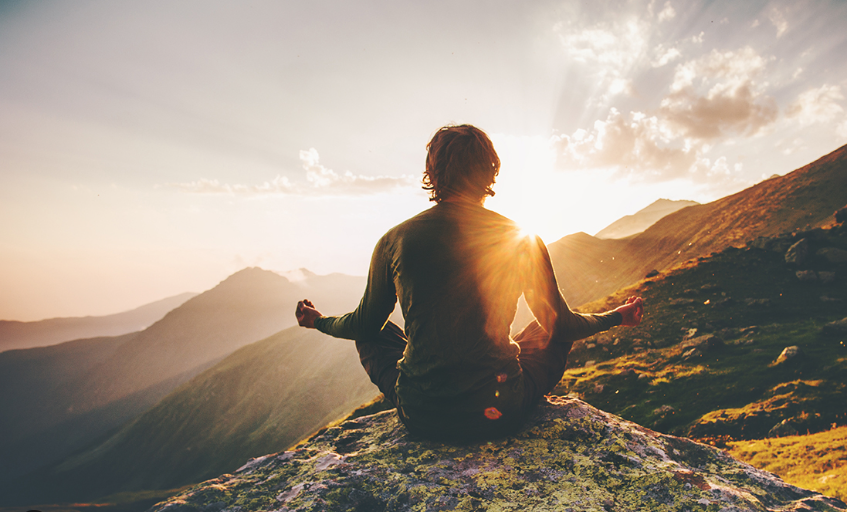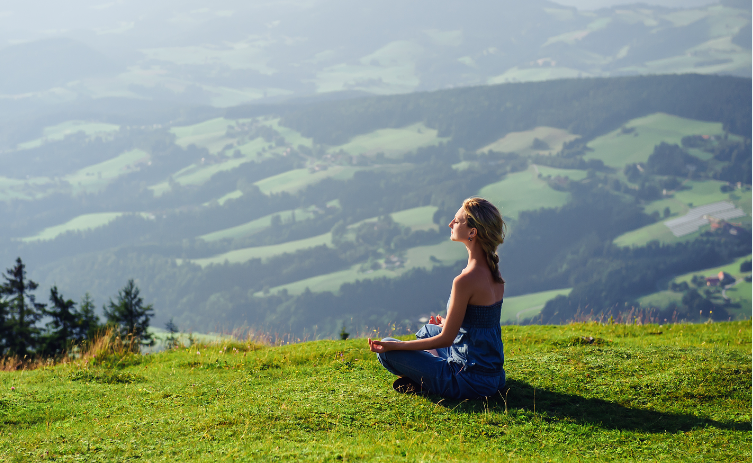The Benefits of Meditation Practice
Learn about the benefits of meditation and put your awareness and perspective into practice.

Selfpause Affirmation App
Download the app to get 1,000’s of affirmation meditations and everything you need to write, record and listen to your own.
Meditation practice can be helpful for a variety of reasons. In fact, it is an effective way to increase your sense of awareness, increase your sense of perspective, and help you understand your thoughts better. The practice of meditation is not hard to learn; it simply requires consistent practice. It is helpful to find a meditation teacher who can help you begin your practice.
Transcendental meditation

Transcendental meditation is a form of meditation that was developed by Maharishi Mahesh Yogi. Its practice has become widely popular as an effective way to overcome stress and anxiety. Transcendental meditation practice consists of focusing on the breath, relaxing the body, and identifying your inner feelings.
The first step in starting a transcendental meditation practice is to find a qualified teacher. A teacher will be able to guide you through the basics and answer any questions you may have. The teacher will teach you how to use a mantra to direct your thoughts. During your first session, the teacher will give you a mantra and guide you through the practice. In the second session, you’ll practice with other students.
Research has shown that transcendental meditation practice can alter the blood flow to different brain regions. In a study published in Brain & Cognition, fMRI scans of people who practiced transcendental meditation showed increased blood flow in areas of the brain associated with attention, executive skills, and low levels of arousal. This may explain the improved memory recall that participants reported. However, more studies are necessary to confirm these findings.
Focused meditation

Focused meditation is a great way to clear your mind and develop focus. It doesn’t mean you must stop thinking or stop talking; instead, you must be aware of your thoughts and how they affect you. As you practice focused meditation, you will learn to respond in a calm, nonjudgmental manner to your thoughts.
Focused meditation requires you to pay attention in a relaxed manner, which is why you must find a calm place to practice it. Your mind will wander throughout the process, but you can use this as an opportunity to redirect it and maintain your concentration. When your attention wanders, try focusing on your breath and staying with it throughout its entirety. Take three deep breaths and then open your eyes when you feel you are ready.
The benefits of focused meditation include improved focus, enhanced memory, and increased productivity. Focused meditation requires the mind to focus on a specific object, sensation, or idea. This is more efficient than simply having a clear mind and not focusing on anything.
Progressive relaxation

Progressive relaxation is a simple technique that teaches a person how to relax and calm his or her body. It can relieve the stress and tension that can lead to a wide range of physical and emotional problems. It can be practiced by almost anyone and requires just 10 to 20 minutes daily. The practice involves slowly tensing and relaxing different muscle groups in a specific order. The practitioner usually recommends that participants begin with the lower extremities and work their way up the body.
Another technique is progressive muscle meditation, which focuses on the body’s muscles. This practice is often recommended for people who are having trouble falling asleep. It also helps develop lifelong skills for dealing with stress. If you find traditional meditation too challenging, progressive muscle meditation may be an ideal option. Progressive muscle relaxation is similar to visualization meditation, but instead of focusing on the mind, you focus on a particular muscle group. You should focus on a positive emotion or image while practicing progressive muscle relaxation.
To begin, you should find a quiet room and a comfortable place. You should focus on your breathing, but be careful not to hold your breath, since this will only increase the tension in your body. Start by noticing what areas of your body are tense. Try pressing your tongue against the roof of your mouth or squeezing your forehead muscles. Next, move to your upper arms and clench your fists, and finally the front and back of your thighs.
Our Top FAQ's
Meditation has been found to have a number of physical and mental health benefits. These include reducing stress, anxiety, and depression, improving sleep, and reducing pain. It may also have positive effects on cardiovascular health, such as lowering blood pressure and improving blood circulation.
Research has shown that meditation can alter brain function and structure in a number of ways. For example, it has been associated with changes in brain activity, increased grey matter density in certain brain regions, and increased thickness of the cerebral cortex. These changes may be related to the benefits of meditation on mental health and well-being.
There is evidence to suggest that meditation practice may improve performance in various areas, such as work or school. It may enhance focus, attention, and memory, as well as reduce stress and improve overall well-being. This may lead to increased productivity and success in various tasks and endeavors.
Meditation practice may have a positive impact on relationships and social connections. It may improve communication and emotional intelligence, leading to more harmonious and fulfilling relationships. It may also increase feelings of compassion and empathy, leading to a greater sense of connection with others.
Meditation is generally considered to be accessible and beneficial for people of all ages and backgrounds. It does not require any special equipment or training, and can be practiced by anyone, regardless of their physical or mental abilities. There are also many different types of meditation, so individuals can choose the approach that works best for them.
